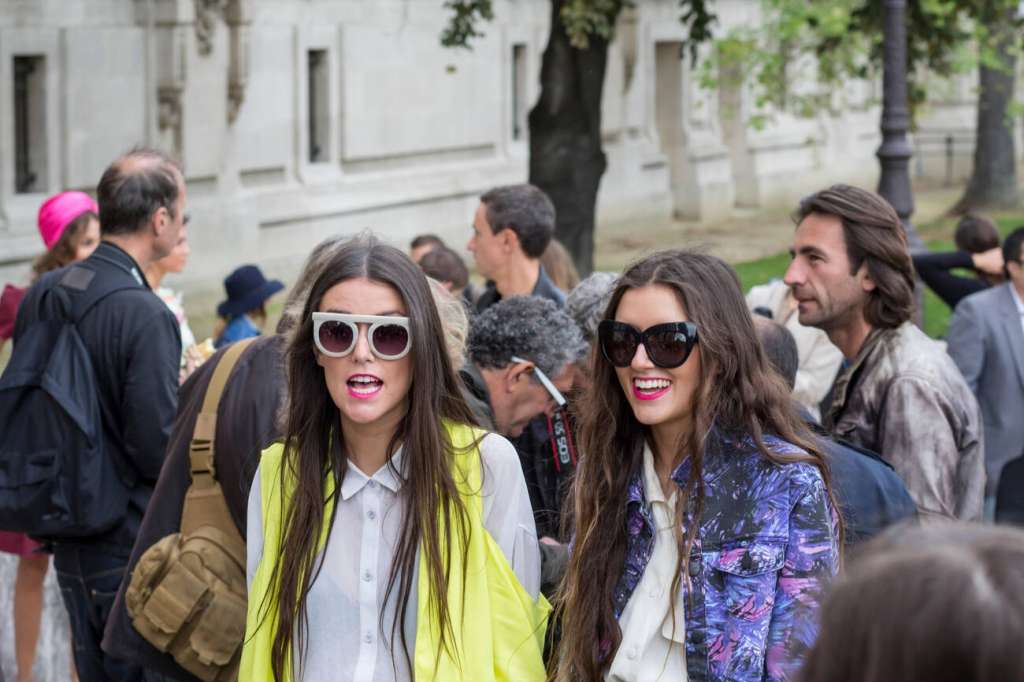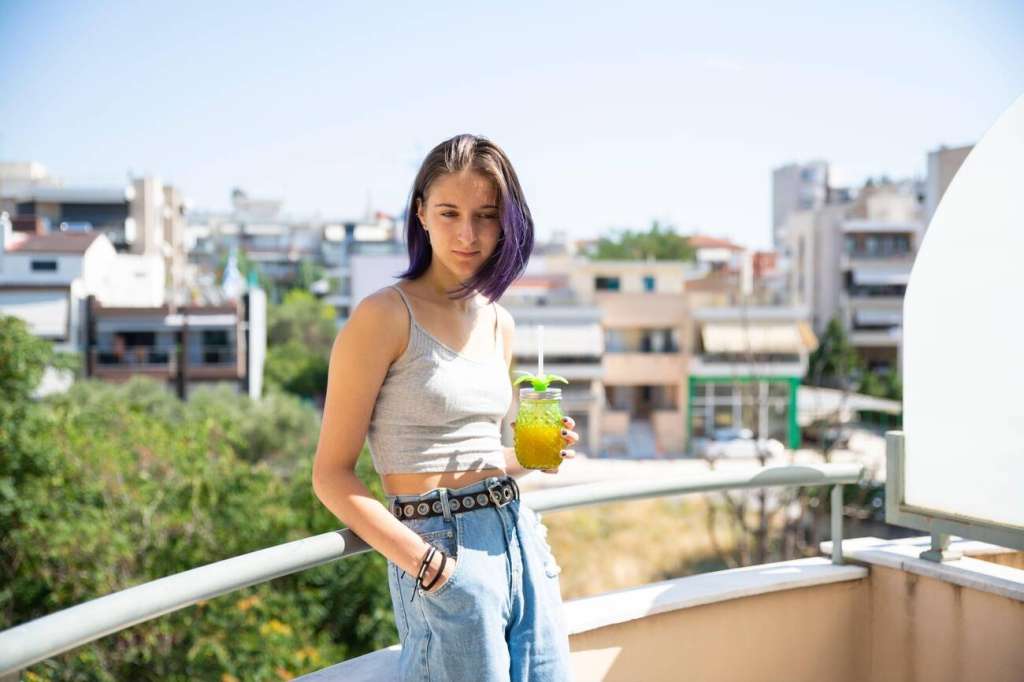Are you a fashion enthusiast itching to explore the world of fashion design? Dive into ‘Fashionista Articles: Decoding the Language of Fashion Designers’ where we unravel the intriguing language used by these creative minds. From haute couture to streetwear, we’ll demystify the terminology and reveal its significance. Discover the historical origins, the influence of influencers and designers, and the ever-evolving trends in the industry. Whether you’re a fashionista or simply curious, this article will satisfy your longing for a deeper understanding of fashion design. Get ready to unleash your inner fashion connoisseur.
The Origins of Fashion Design Language
You frequently encounter the language of fashion designers, but have you ever wondered about the origins of this unique vocabulary? The fashion design language has evolved over the years, leaving a significant impact on the industry and society as a whole. Historical influences have played a crucial role in shaping the language used by fashion designers today. From the opulent styles of the Baroque and Rococo eras to the modest and conservative fashion of the Victorian era, each period has contributed to the development of fashion design language.
The cultural significance of fashion design language cannot be overlooked. It reflects the values, traditions, and aesthetics of different cultures around the world. Fashion designers draw inspiration from various cultural elements, incorporating them into their designs and creating a fusion of styles. In contemporary society, fashion design language has become a powerful tool for self-expression and identity formation. It allows individuals to showcase their personal style and make a statement about who they are.
Globalization has also had a profound impact on fashion design language. With the rise of technology and the accessibility of information, fashion trends and styles can be shared and adopted across borders. Fashion designers from different countries and cultures now have the opportunity to collaborate and exchange ideas, resulting in a rich and diverse fashion landscape. Fashion design language has become a universal language, transcending boundaries and connecting people worldwide.
Exploring Fashion Terminology
Fashion designers’ language is a complex and specialized lexicon that is essential to understanding the world of fashion. To navigate this unique language, it is important to familiarize yourself with key fashion terms and understand how fashion terminology has evolved over time. Here are five items to demystify fashion jargon and help you grasp the intricacies of the fashion industry:
- Key Fashion Terms: Learn the definitions of terms like haute couture, prêt-à-porter, and avant-garde to gain a deeper understanding of different fashion categories and styles.
- Fashion Language Evolution: Explore how fashion vocabulary has evolved over time, reflecting the changing trends and influences in the industry.
- Fashion Vocabulary Explained: Delve into the meanings and nuances of fashion-specific words and phrases, such as draping, bias cut, and trompe-l’oeil, to unlock the secrets behind designers’ creations.
- Fashion Terminology Demystified: Demystify commonly used terms in the fashion world, like silhouette, neckline, and hemline, to enhance your comprehension of garment construction and design.
- Understanding Fashion Jargon: Familiarize yourself with the unique jargon and slang used by fashion professionals, such as capsule wardrobe, athleisure, and street style, to stay up-to-date with the latest trends and conversations in the industry.
Influencers, Designers, and Fashion Eras
During different fashion eras, influencers and designers have played a crucial role in shaping trends and styles. Their collaboration has led to the emergence of new fashion movements and the evolution of existing ones. Influencers, with their vast following and ability to connect with audiences, have a significant impact on consumer trends. They have the power to influence what people wear, promoting certain styles and brands through their social media presence. Designers, on the other hand, act as visionaries, constantly pushing boundaries and experimenting with new ideas. They draw inspiration from historical influences, incorporating elements from different eras into their designs. By analyzing fashion eras, we can gain insights into the characteristics that define each period and understand how they have influenced contemporary fashion. From the draped and layered garments of Ancient Fashion to the conservative style of the Victorian era, each era has left its mark on the fashion industry. By studying collaboration trends, influencer impact, historical influences, and the visionary role of designers, we can better appreciate the dynamic nature of fashion and its constant evolution.
The Intersection of Science and Art in Fashion
In the realm of fashion, the intersection of science and art is a captivating and intricate dance that shapes the materials, patterns, and technology of clothing, while also fueling the visionary designs and execution of fashion. This harmonious blend of disciplines creates a powerful synergy that drives innovation and creativity in the fashion industry. Here are five ways in which the intersection of science and art in fashion evokes an emotional response in the audience:
- Fashion and Technology: The integration of technology into fashion brings a sense of wonder and excitement, as garments become interactive and transformative.
- Fashion Design Process: Witnessing the meticulous process of fashion design, from sketching to draping and pattern-making, evokes admiration for the craftsmanship and attention to detail.
- Fashion as Expression: Fashion allows individuals to express their unique identity and creativity, evoking a sense of empowerment and liberation.
- Fashion and Cultural Influence: The fusion of different cultures and traditions in fashion creates a sense of unity, appreciation, and celebration of diversity.
- Fashion and Sustainability: The growing emphasis on sustainable fashion elicits a sense of responsibility and stewardship towards the environment, creating a movement that inspires positive change.
The intersection of science and art in fashion not only shapes the physical aspects of clothing but also serves as a powerful form of expression, cultural influence, and catalyst for sustainability. It is a testament to the transformative power of fashion and its ability to evoke emotions and inspire change.
The Future of Fashion and Its Language
As we delve into the future of fashion and its language, it becomes evident that the evolving intersection of science and art will continue to shape the way we understand, create, and experience clothing. Personalized fashion is on the rise, driven by the desire for self-expression and comfort. People want clothing that reflects their individuality and fits their unique style. Sustainability in fashion is also a pressing priority, as consumers become more conscious of the environmental impact of the industry. Fashion designers are partnering with science and technology experts to find innovative solutions, such as developing futuristic materials like smart textiles and spray-on fabric. Technology, particularly artificial intelligence (AI), is playing a significant role in the future of fashion. AI-assisted design and innovative techniques like 3-D printing are revolutionizing the way garments are created and produced. Fashion is not just about aesthetics, it is also a powerful form of self-expression. As we move forward, fashion will continue to be a language through which people communicate their identity, beliefs, and emotions. The future of fashion is exciting, with endless possibilities for creativity, sustainability, and technological advancements.


